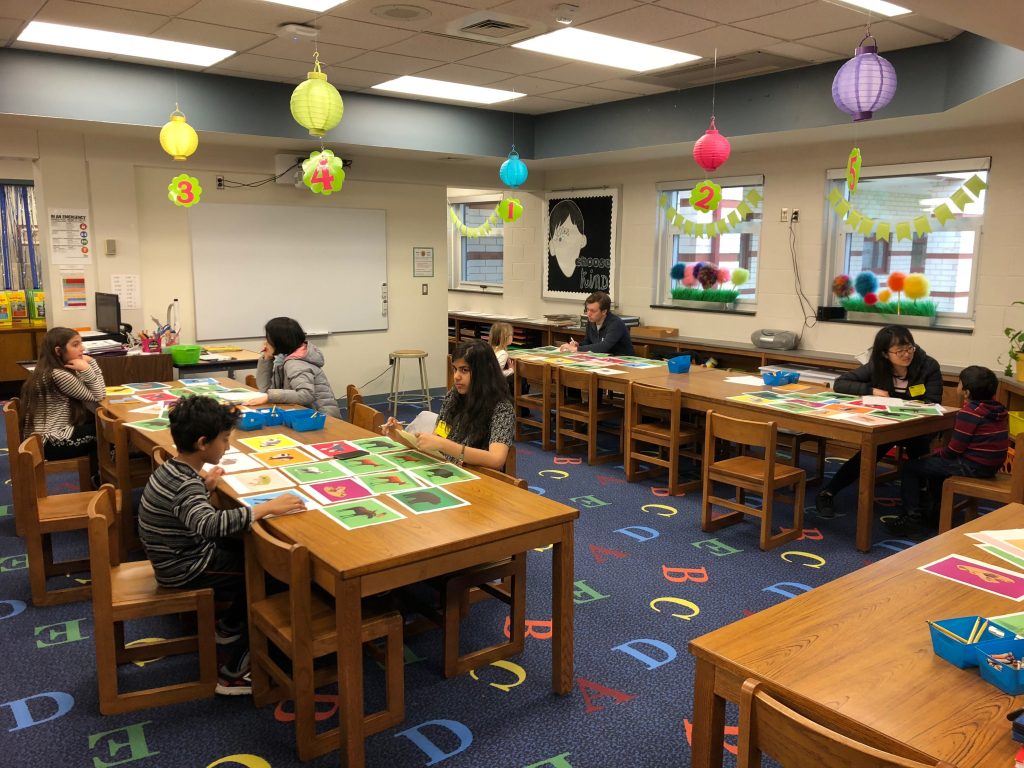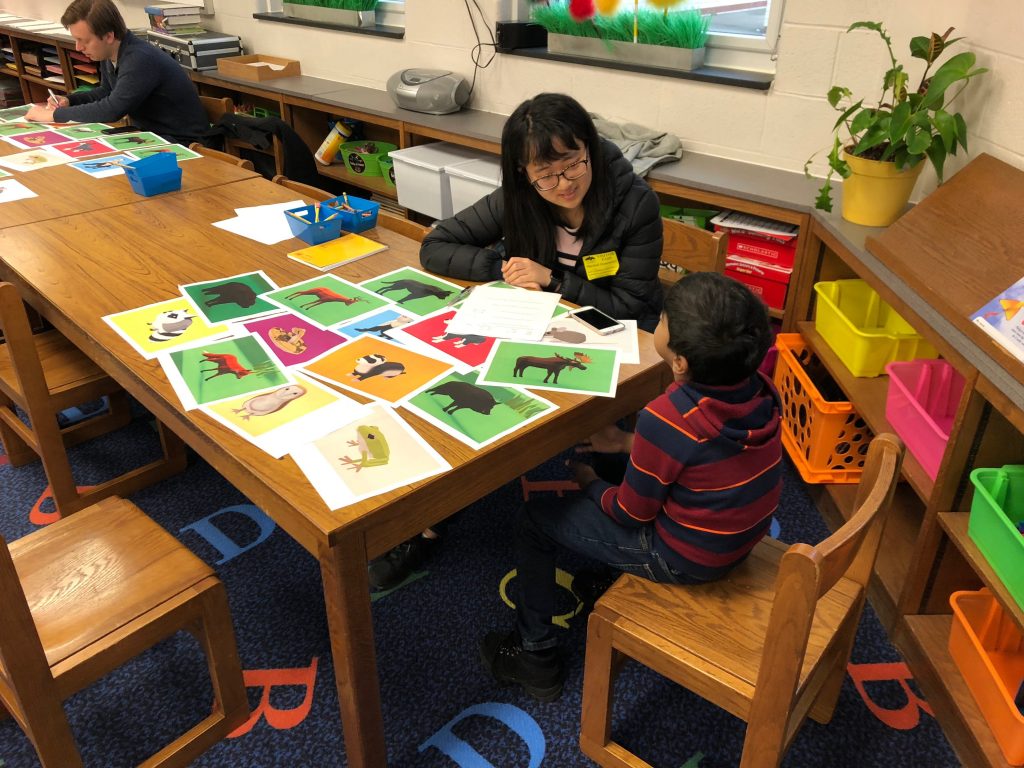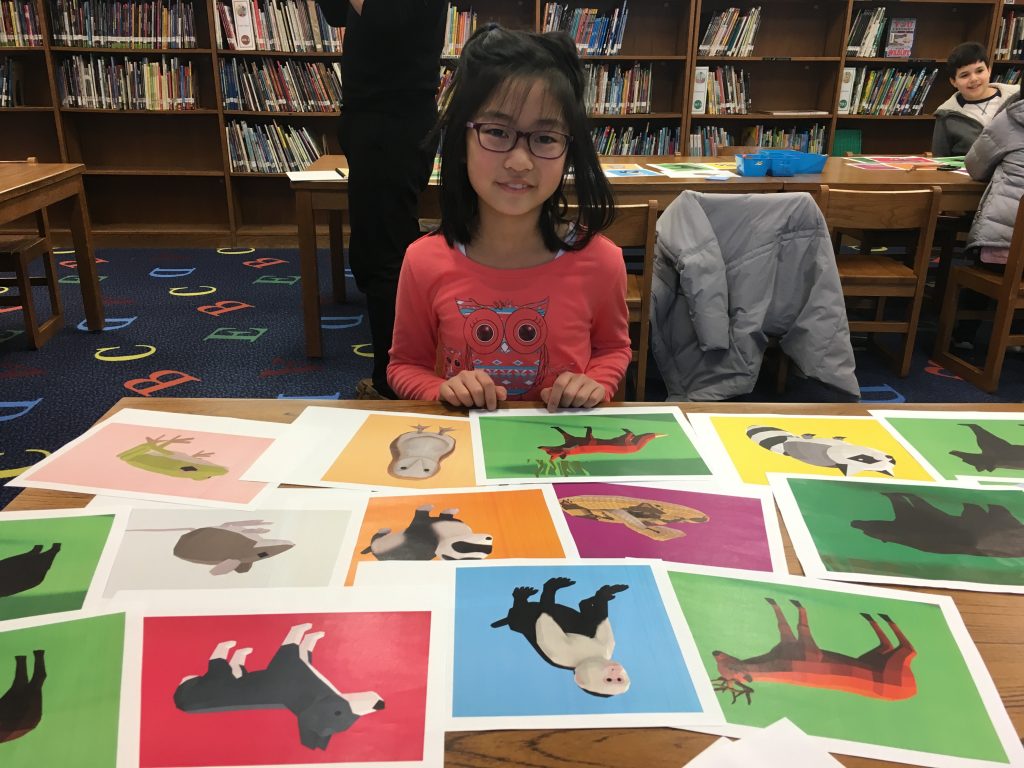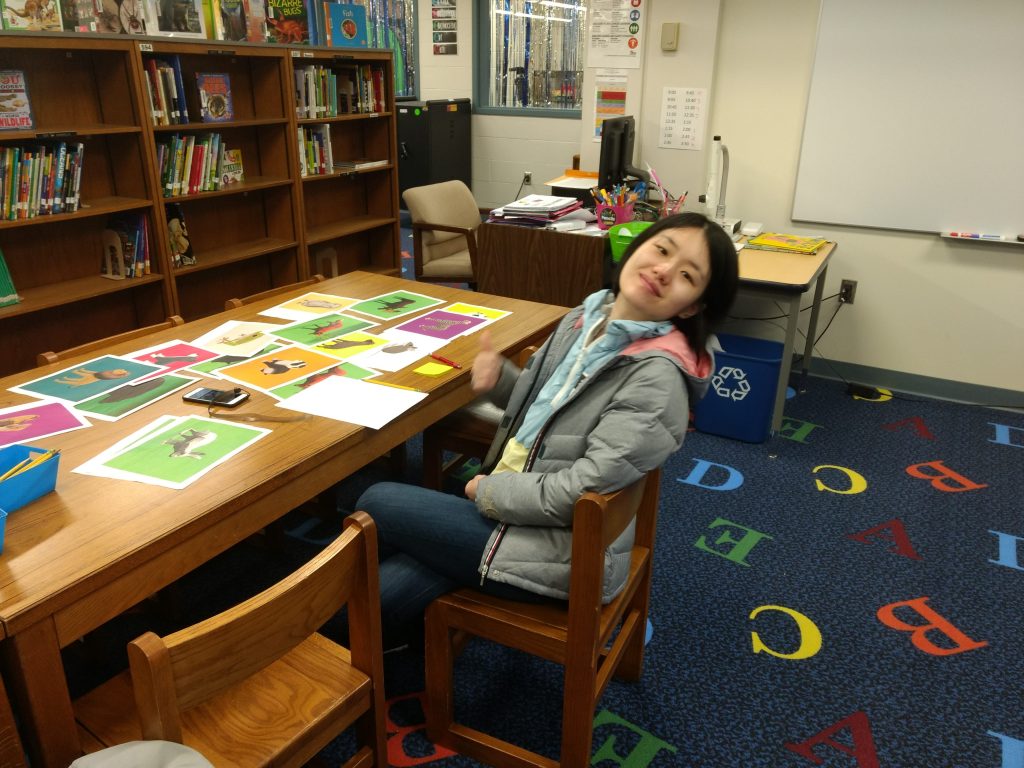
What a week!
Last week’s 1/4 presentation was followed by this week’s 1/4 sit-downs, in which two members of the ETC faculty swung by our room (now very nicely decorated; pictures coming soon) to give us some more in-depth critiques and answer any questions that we may have as we forge ahead and take our early designs and prototypes and start actually making a game out of all of this stuff!
It was also a moment for the team to reflect on the work we’ve done so far, how well we’re working together as a team, improvements that can be made in the overall process of working on this project, etc. (Editor’s note: I’ve become strangely hesitant to use the abbreviated form of et cetera around here, because the same letters are of course used as the acronym for our school. Obviously context—and capitalization—would resolve any confusion, but something about it still seems a little odd for some reason.)
We then met with esteemed ETC professor Chris Klug who talked us through some additional design ideas that could enhance the impact of our game. Chris noted that the story we are developing would certainly work on an intellectual level, but we have the opportunity to provoke our players’ emotions by arranging for some specific interactions with the hardware itself. For example, right now in our prototype, when the environment shifts from night to day, the image on screen distorts and the audio becomes unbearably loud. What if instead of resolving the volume issue with an in-game task, the player him/herself had to repeatedly press the volume key on the keyboard in order to make the sound return to an acceptable level? This is not entirely unlike how people with autism will use repeated behaviors (physical gestures and noises) to self-stimulate during moments of sensory overload. There is reason to believe that this may have a deeper impact on the player than just simply having them navigate a character in the world; we would be addressing the player’s perspective as well.
We plan to playtest this mechanic as soon as it can be implemented. Speaking of playtesting, as you can see in the photo at the beginning of this post, we got to spend time with more (3rd grade) children this week, as they helped us figure out the animal characters we want to include in our game.

At Marshall Elementary School, we arranged pictures of the animal art we have on hand to incorporate into the game, and asked the children to describe them and tell us their favorites, pair them into friends/enemies/other types of relationships, and then asked them questions about their own friends and some of their experiences at school.
We’re still sorting through all of the data we gathered, but as we head into the weekend and start hammering out the story beats and social scenarios we want to include, we’ll have a treasure trove of material to draw from. Until next week, fair readers!



